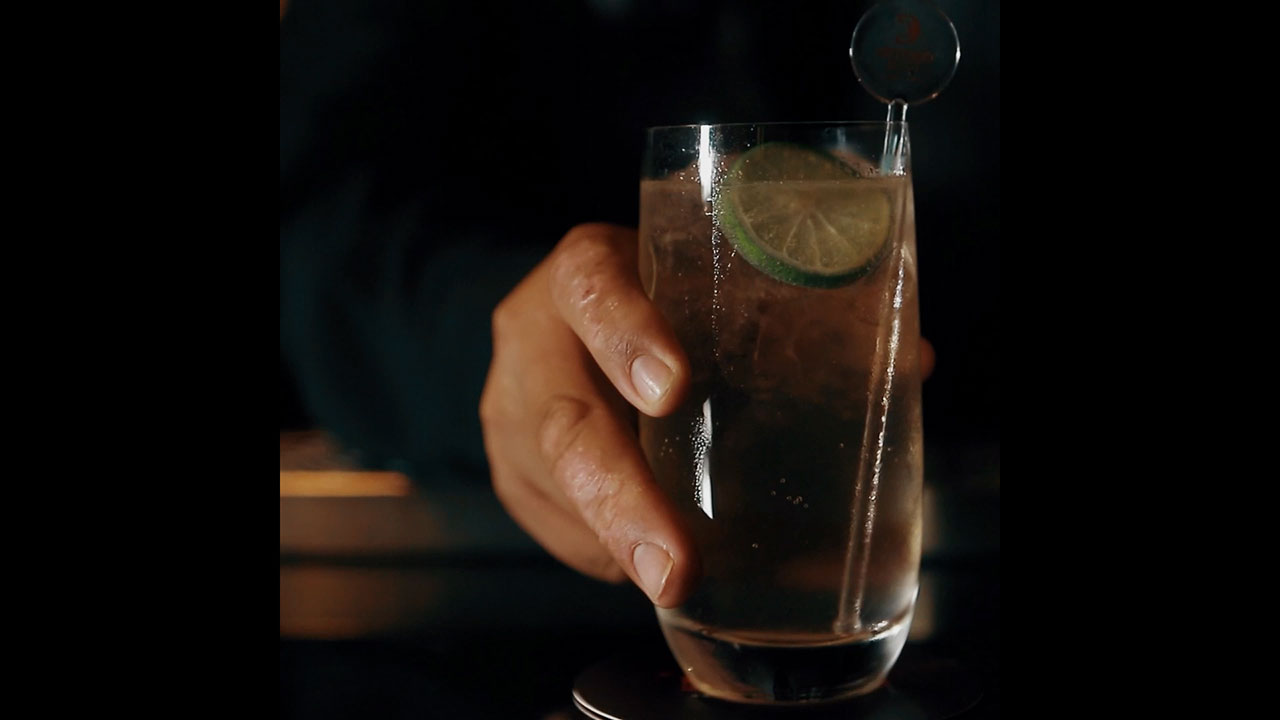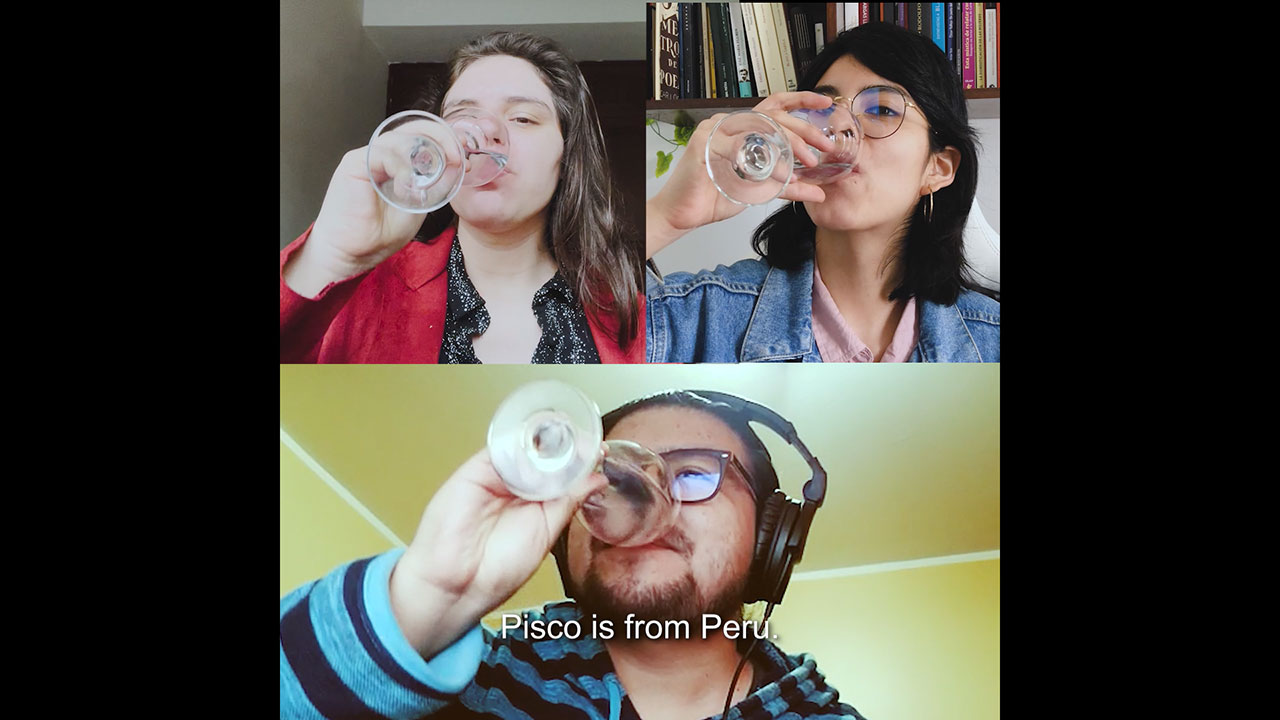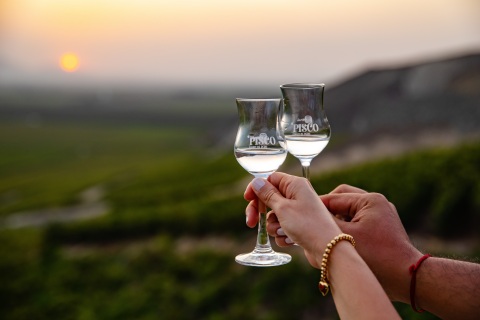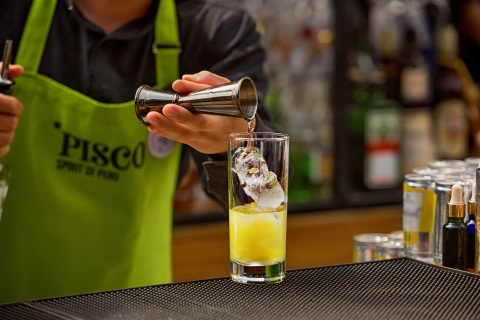LIMA, Peru--(BUSINESS WIRE)--Every lover of spirits should know about pisco. Therefore, it is not surprising that this distillate has achieved international notoriety and been included as a de rigueur item of the ultimate bucket list in “Captain America: Winter Soldier” in 2014.
What many don't know is its origin and the fascinating journey it would make 200 years later: in 1553, the vines of the Canary Islands arrived in Peru with the strains that gave rise to pisco (Quechua word for “bird,” which is also the name of a Peruvian city founded in 1640 by viceroy Pedro Toledo y Leyva) and in 1779, navigator Francisco de la Bodega y Quadra took this drink from Pisco (Peru) to San Francisco for the first time, when both cities were still part of the Spanish empire. Thus, in 1850 the Pisco Punch was created, the flagship cocktail for the entire West Coast of the United States.
Pisco developed an indigenous cocktail bar in Peru using products with unique flavors. It was in the 18th century when the combination of pisco and lemon juice in Lima was mentioned for the first time in El Mercurio Peruano and, in the last decades of the colonial stage, one of the most popular drinks consumed by Peruvians was the “aloja,” made with aromatic herbs combined with pisco.
On National Pisco Day, a few days before celebrating the bicentennial of Peruvian independence, PROMPERÚ launched a powerful campaign to boost the consumption of pisco in the national territory and abroad.
The international campaign will take place in California in August, to commemorate the distillate's historical journey from its native Peru to its second home in the United States. Within the framework of this action, pisco will also be present thanks to the Peruvian wineries that will participate in the Bar Convent Brooklyn and where Lynnette Marrero, one of the most important bartenders in the world, will participate.
Work has also been done to promote pisco in the main markets of Latin America: PROMPERU organized the Pisco Week LATAM in June, a promotional campaign for Argentina, Colombia, Ecuador, Mexico and Panama. In Europe, France enjoyed Pisco College, aimed at a professional audience. Everything, always under the branding “Pisco, Spirit of Peru.”







